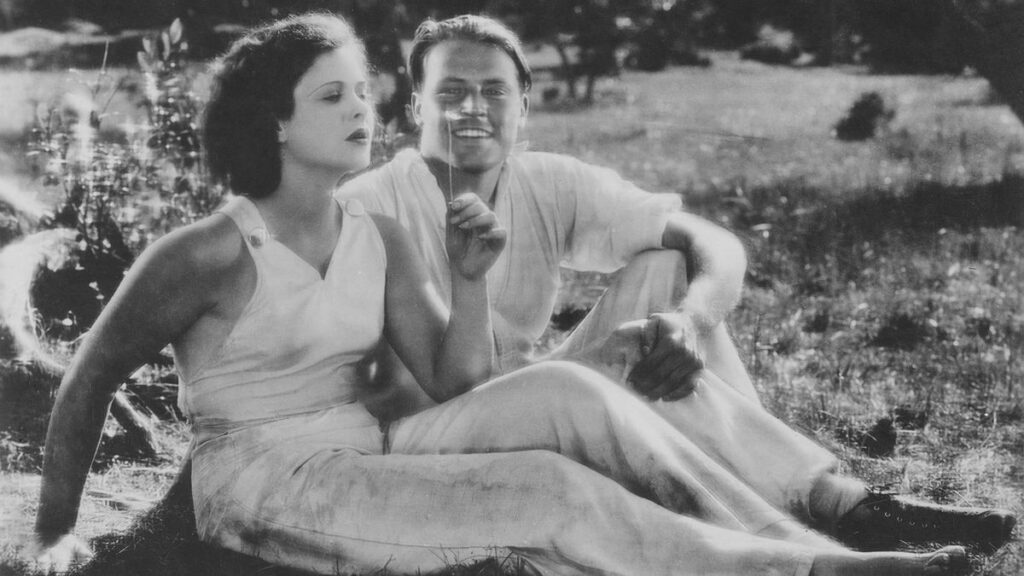
Hedy Lamarr, billed as Hedy Kiesler at the time, was only eighteen when she starred in Gustav Machatý’s film Extase (1933). Significant as an early progenitor of Poetic Realism, Extase has become best known for its infamous sequence of a wholly nude Lamarr bathing in a pond and pursuing her horse through a forest. Nevertheless, Extase represents Machatý at the peak of his powers and remains an affecting cinematic experience.
Extase moves to a rhythm set by Giuseppe Becce’s saccharine orchestral score. With the exception of those half-dozen scenes with dialogue, Extase is essentially a silent film. As Becce’s music pulls the tender heart strings of the viewer Machatý serves up sensual images of desire. The vast open sky of the countryside represents a youthful freedom while bees and flowers signify intercourse and horses represent lust. Every cut in the picture’s montage coincides with the movements of the music and offers a variety of images that break down Machatý’s picturesque tableaus into a series of suggestive details.
The ebb and flow of these visual and auditory rhythms is only ever interrupted by scenes with dialogue. In these moments Machatý must curb the freedom of his camera and, by extension, his use of montage. Although Machatý becomes more adept at disguising these aesthetic shifts as Extase plays on it remains generally disruptive.
The plot of Extase is brilliantly simple and economical. It begins with Eva’s (Lamarr) marriage to the much older Emil (Zvonimir Rogoz). Over the course of two amazing sequences Machatý suggests all of their differences that lead to the inevitable divorce. Once living with her father again, Eva accidentally meets and falls in love with a rugged engineer named Adam (Aribert Mog). When Emil attempts to woo Eva back only to discover her affair with Adam he takes his own life. Unable to live with this guilt, Eva leaves Adam and disappears only to have his child.
The plot of Extase is very much rooted in late nineteenth century realism. Of course there’s the obligatory socialist propaganda shoehorned in, but it’s really Machatý’s strong sense of stylization that gives Extase a very modern feel. This fusion of expressionistic devices with the tradition of literary realism is essential to the development of Poetic Realism. What Machatý does with Extase is to tell the story almost entirely with images alone that are reflective not of any character’s point of view, only his own.
